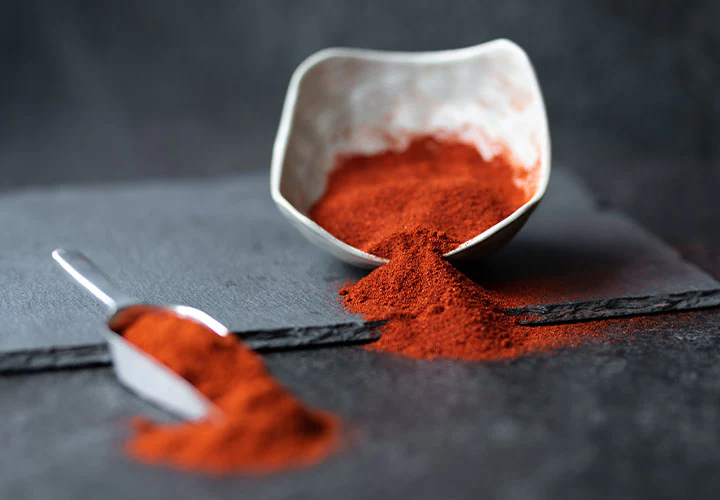- No. 268 Xianghe Street, Economic Development Zone of Xingtai city, Hebei 054001 China
- Byron@hbhongri.cn
Dry Whole Chili Pepper for Authentic Flavor and Spicy Dishes
The Versatility and Flavor of Dried Whole Chili
Dried whole chilies are a staple in many cuisines around the world, offering a unique combination of flavor, heat, and nutritional benefits. They come in various shapes, sizes, and heat levels, catering to a wide range of culinary preferences. This article explores the characteristics, uses, and benefits of dried whole chilies, highlighting their essential role in enhancing food.
Characteristics of Dried Whole Chilies
Dried whole chilies are essentially fresh chilies that have been dehydrated to preserve their flavor and extend their shelf life. The drying process concentrates the chili’s natural flavors, turning them into vibrant, aromatic ingredients. They can range from mild varieties like Ancho and Pasilla to fiery options like Arbol and Carolina Reaper. Each type has its unique flavor profile—some may be fruity, smoky, or earthy—allowing for endless culinary creativity.
One of the most appealing aspects of dried whole chilies is their long shelf life. When stored properly in a cool, dark place, they can last for years without losing their flavor or potency. This makes them a convenient ingredient for those who enjoy cooking but may not use fresh chilies frequently. The vibrant colors and varied shapes of dried chilies also add visual appeal to spice cabinets and pantries.
Culinary Uses
Dried whole chilies are incredibly versatile and can be used in numerous ways across different culinary traditions. They can be incorporated into sauces, soups, stews, and marinades. One popular method is to rehydrate the dried chilies in hot water or broth, which allows them to soften and return to a more manageable form. This process helps release their full flavor potential.
dried whole chili

In Mexican cuisine, dried chilies play a pivotal role in mole sauces and salsas. Varieties like Guajillo and Chipotle bring deep, rich flavors to these dishes, creating complex layers of taste. In Indian cooking, dried whole chilies are often used in tempering, where they are briefly fried in hot oil to enhance their flavors before adding other ingredients. This technique adds a spicy warmth to dishes like curries and dals.
Furthermore, dried whole chilies can be ground into powders or flakes for seasoning and spicing dishes. They can also be infused into oils, allowing for a more subtle heat and flavor, perfect for dressings or marinades. The heat level can be adjusted according to personal preference, making it easy to customize any dish.
Nutritional Benefits
In addition to their culinary uses, dried whole chilies also offer several health benefits. Rich in vitamins A, C, and E, they are a good source of antioxidants, which help combat oxidative stress in the body. The capsaicin found in chilies—responsible for their heat—has been studied for its potential health benefits. It may aid in boosting metabolism, promoting weight loss, and reducing inflammation.
Moreover, dried chilies can be beneficial for digestive health, as they are believed to stimulate the production of gastric juices, aiding in digestion. Incorporating moderate amounts of dried whole chilies in one’s diet can contribute to overall well-being when consumed as part of a balanced diet.
Conclusion
Dried whole chilies are more than just a source of heat; they are a culinary treasure that enhances flavor, provides nutritional benefits, and adds depth to many dishes. Their versatility in various cuisines showcases the ability of simple ingredients to transform meals. As chefs and home cooks continue to explore global flavors, dried whole chilies will undoubtedly remain a favorite for adding bold flavors and health benefits. Whether you're crafting a rich mole sauce, a spicy curry, or a simple chili oil, dried whole chilies are an essential ingredient that deserves a prominent place in every kitchen. Their unique characteristics and wide-ranging culinary applications ensure they will be celebrated for many years to come.
-
Turmeric Rhizome Powder: A Golden Treasure from Roots to TableNewsJul.28,2025
-
The Versatile Application Of Crushed Red Hot Peppers: Lighting Up The Red Flames On The Dining TableNewsJul.28,2025
-
The Paprika: A Touch Of Vibrant Red In Color, Flavor, And CultureNewsJul.28,2025
-
Ground Turmeric: A Modern Examination of an Ancient SpiceNewsJul.28,2025
-
Capsicum Liquid Extract: Features, Applications, and ChallengesNewsJul.28,2025
-
Application of Capsicum Liquid Extract in FoodNewsJul.28,2025







